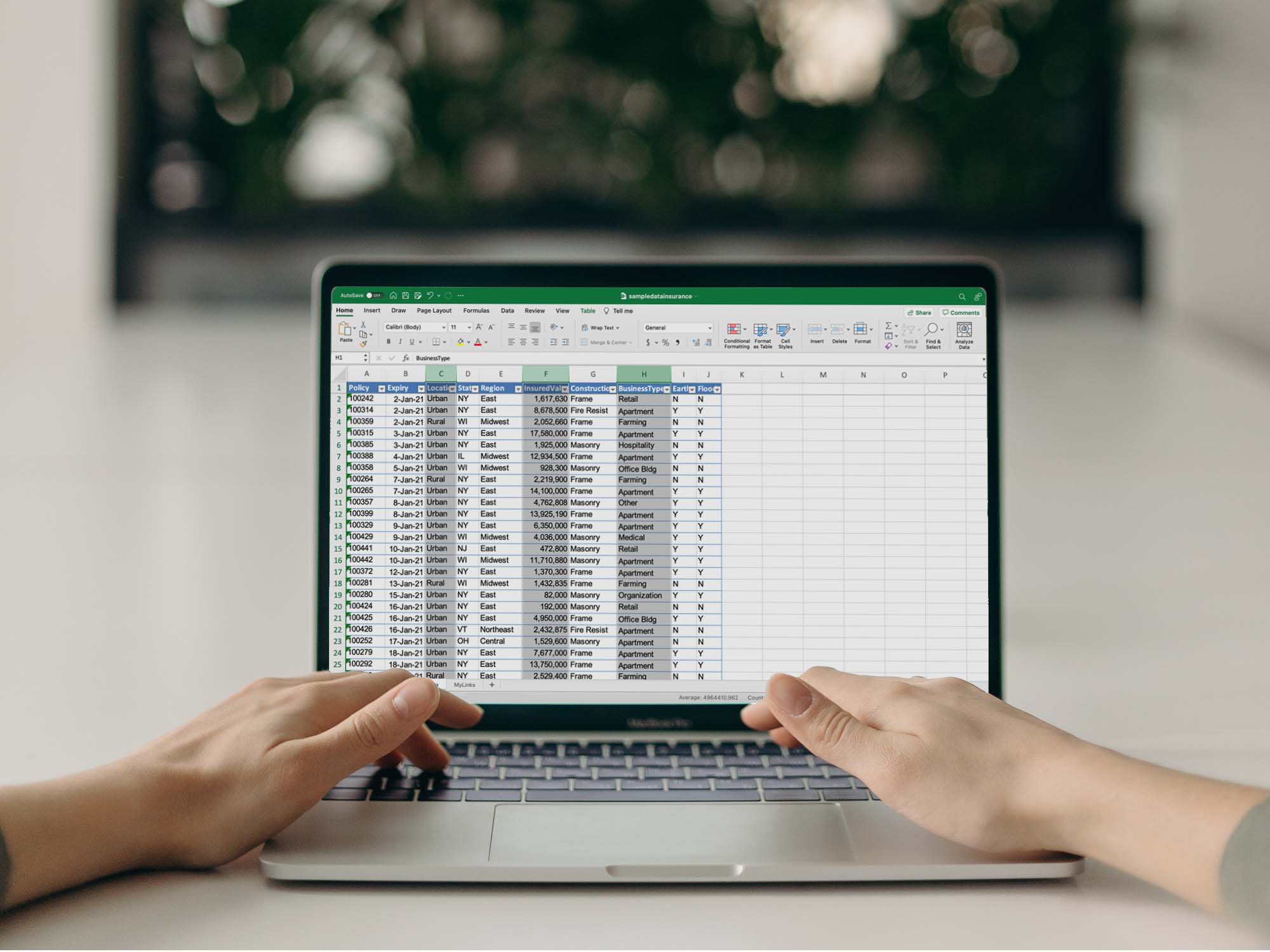Event planning is a profession built on detail, precision, and timing. From guest lists and supplier quotes to décor budgets and run sheets, there are countless moving pieces to track. Many planners rely on spreadsheets as their backbone, and with a clear structure, this simple yet powerful tool can transform chaotic planning into a smooth, organised process. Those looking to sharpen their spreadsheet skills often choose the best online excel course to understand advanced templates and formulas that elevate project management. Used correctly, Excel becomes more than a sheet of rows and columns — it becomes an event planner’s command centre.
Building Accurate and Flexible Budgets
Managing an event budget demands clarity and constant monitoring. Excel makes it easy to map out every expense category, whether it is venue hire, catering, entertainment, décor, transport, or contingency buffers. Planners can log estimated costs at the start and update them with actual figures as quotes come in. This side-by-side comparison shows variances immediately and helps identify areas needing adjustments.
Conditional formatting brings further clarity by highlighting overspending or under-budget sections. Colour-coded warnings instantly alert planners when totals near limits. With formulas automating the calculations, there is less risk of manual errors, and totals remain accurate even as numbers change repeatedly throughout the planning process. The result is full financial visibility, helping planners keep spending aligned with expectations and avoid awkward last-minute compromises due to cost overruns.
Streamlining Vendor and Payment Tracking
Events rely on a network of suppliers — florists, caterers, venues, sound technicians, transport providers and more. Excel helps organise vendor details in one place. Planners can list contact details, services offered, quoted fees, payment schedules, and notes on terms or special conditions.
Creating a simple payment tracker with due dates and status markers ensures invoices are never overlooked. Notes on deposits, instalments, and final balances support a clear financial rhythm. This document becomes the master reference, allowing planners to answer client questions swiftly and provide transparent cost updates. Vendors appreciate prompt communication and timely payments, which fosters long-term professional relationships and better service in future bookings.
Organising Detailed Event Timelines
A smooth event depends on timing. Excel allows planners to build structured timelines for both long-term planning and on-the-day execution. Milestones such as booking dates, deposit deadlines, design approvals and promotional rollouts can be listed clearly with progress dates and reminders.
For event day logistics, planners can create run sheets broken down by minute or hour. Tasks like vendor arrivals, sound checks, seating arrangements, serving times, speeches and breakdown periods can be recorded in sequence. Notes and contact information can sit alongside each line, keeping all relevant details visible. By printing or sharing the sheet, every team member or volunteer has a coordinated view of the schedule, reducing confusion and minimising delays.
Tracking Guest Lists and Attendance
Guest list planning can become overwhelming without structure. Excel offers simple solutions for keeping records tidy. Planners can track RSVPs, dietary preferences, table allocations, plus-ones, and key attendees such as speakers, VIPs, or sponsors. With filters and sorting, seating charts and catering counts can be prepared efficiently.
Creating drop-down options makes data entry consistent and prevents mistakes. A clean spreadsheet lets planners produce reports easily, such as total attendance, confirmed guest distribution, and resource needs. In turn, this helps caterers, venue staff, and transportation teams stay aligned with real-time headcounts.
Analysing Post-Event Insights
Event success does not end when guests leave. Excel plays a role in measuring outcomes and preparing insights for future planning. Planners can review final spend against initial budgets, analyse vendor performance, and assess guest attendance and feedback notes. Charts help visualise cost breakdowns and time allocations, revealing where efficiencies can be gained next time.
Historical data becomes an invaluable asset. When planning a similar event in the future, past budget templates, cost benchmarks, and timelines offer proven guidance. With this knowledge, planners can quote more accurately and plan more efficiently, strengthening both professionalism and client trust.
Supporting Collaboration and Professional Workflow
Events involve teamwork, and Excel allows multiple planners, assistants, and stakeholders to follow shared documents. Standardised templates reduce training time and ensure consistent planning practices across projects. Clear sheets also support communication with finance teams or clients requiring expenditure reports.
Using Excel promotes a methodical approach, ensuring no element slips through the cracks. Its combination of flexibility and structure means planners can adapt sheets to suit simple parties, large corporate events, charity galas, or multi-day conferences. This adaptability makes it an enduring favourite in the planning toolkit.
Final Thoughts
Event planning is complex, but with an organised system, it becomes significantly more manageable. Excel provides planners with clarity over budgets, timelines, guest lists, and vendor details, enabling smoother execution and confident decision-making. By mastering spreadsheet techniques, planners gain a competitive edge, ensuring every celebration or corporate function runs with precision and professionalism.

